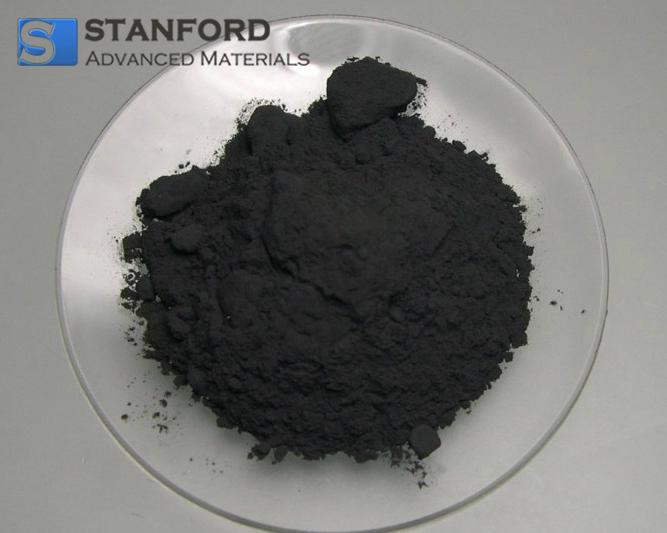Comparison of Tungsten Disulfide & Molybdenum Disulfide Solid Lubricants
Compounds that are valuable as solid lubricants are the disulfides, diselenides and tellurides of tungsten, molybdenum, niobium and tantalum. Of these, only molybdenum disulfide is a naturally occurring compound, while other dichalcogenides are synthetic. MOS2 is also a widely used and representative compound lubricant. Another representative one is tungsten disulfide. When molybdenum disulfide is limited due to its poor oxidation resistance or high resistivity, tungsten disulfide can be used as a direct substitute for molybdenum disulfide. This article will provide a multi-faceted comparison of these two lubricant materials, read on for more information.
Molybdenum Disulfide
Molybdenum disulfide is a black-gray glossy powder that can be used for maintenance lubrication in handling and storage conditions. It forms a highly adherent dry lubricating film and is a special material for reducing wear and many problems in friction technology.
Molybdenum disulfide is the most common natural form of molybdenum, and it can be extracted and purified from ores. Because molybdenum disulfide has a hexagonal layered structure, and these layers can slide on each other, it is a very effective lubricant.

Tungsten Disulfide
The state of tungsten disulfide is black-gray powder, which can be purified from tungstenite. Tungsten disulfide has a low friction coefficient, strong extreme pressure resistance, and oxidation resistance, and is suitable for lubrication under various harsh conditions such as high temperature, high pressure, high vacuum, high load, high speed, high radiation, strong corrosion, and ultra-low temperature. It also has a good adsorption capacity on the metal surface, and its use in stamping and forging can improve the life of the die and the surface finish of the workpiece.

Conclusion
Molybdenum disulfide is a commonly used solid lubricant with excellent lubricating properties. It is widely used in the vacuum lubrication of spacecraft moving components and space rolling bearings. However, molybdenum disulfide oxidizes violently at 349°C, which greatly limits other applications. Tungsten disulfide is a new type of solid lubricant with similar properties to molybdenum disulfide, low Mohs hardness, easy to form a transfer film, slightly lower friction factor than MOS2, and higher thermal stability.
Through the friction and wear test, the friction properties of tungsten disulfide and molybdenum disulfide solid lubricants were compared. The results show that the friction coefficient of tungsten disulfide solid lubricant is similar to that of molybdenum disulfide under normal temperature conditions, but the film formation state of tungsten disulfide coating on a metal substrate is not as good as that of molybdenum disulfide coating; The friction factor of tungsten-based coating is stable, and the friction performance is worse than that of molybdenum disulfide solid lubricating coating.
For more information, please visit https://www.samaterials.com/.



